Marketing Luxury Brands in Japan
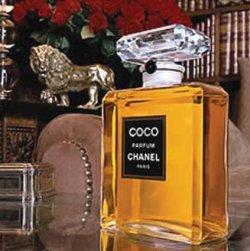
Hey, Big Spender
By Jon Hoel
At first glance, Yukina Abo, 22, is one of many million reasons why Japan consumes 41% of the world’s luxury goods, according to JETRO. Her impressive collection of luxury accessories includes Louis Vuitton, Hermes, Prada and Coach. Aspirational consumers in Japan like Abo have been willing to skimp and save to buy a must-have item, even if it means getting into debt to do so.
Dominic Carter, president of marketing research firm Carter Associates, says that in Japan’s group-oriented culture, the pressure to own iconic brands has meant that for successful brands in Japan like Louis Vuitton, the luxury market has in effect been the mass market.
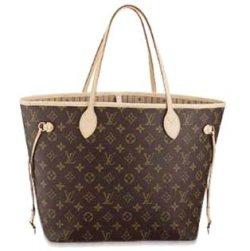
But this year, at the The Financial Times ‘Business of Luxury’ summit in Tokyo, one panel discussion focused on the question of why sales of many luxury goods are flat in Japan. One reason is that incomes have not risen very much for the past 15 years: relatively speaking, people are less wealthy.
“I’m not for a second suggesting that luxury is going to go into decline in Japan, but there’s not money to burn any more, not in the mass-market,” Carter says.
At the time of the summit, an expert on Asian consumers, Radha Chadha, wrote an article for the FT expressing the opinion that Japan has already passed through what he calls the ‘Show off’ and ‘Fit in’ stages of luxury culture. For Tokyoites, Chadha’s ‘Fit in’ stage virtually equates with brands like Louis Vuitton: he reports that as many as 94% of Tokyo women in their twenties own a Vuitton piece. True or not, for Japanese women iconic brands like this one have achieved an astonishing degree of mass acceptance because they symbolize making it into the acceptable group of society.
In Japan, if it’s a bag which everybody loves, maybe 90% of your friends will have that same bag.
“In Japan, if it’s a bag which everybody loves, maybe 90% of your friends will have that same bag,” comments Mukai Noiri. “Compared to western cultures, there’s not so much of ‘I want to be exclusive, I want to be the only one who has this bag,’ ” he says.
Noiri knows about exclusivity. As marketing assistant manager at Desco Luxury, he handles high-end watch brands such as Arnold & Son, Graham London, Maurice Lacroix, and Parmigiani: “Basically, our brands are doing well, but it’s a tough time for any item in the luxury division in Japan. The market is saturated, with the main internationally established brands enjoying maybe 80% of the market,” Noiri says.
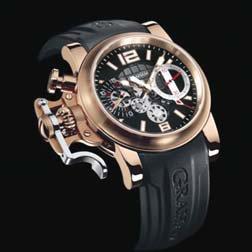
“Our watches start at ¥1 million and go up to about ¥90 million, so we basically target the wealthiest 5 to 10% of the population,” he says. “Obviously, you want sales to be as high as possible, but I don’t think, as a business, you need to have the whole consumer population going after your brand. One of our brands, Graham London, is actually based on eccentricity and looks to be different, as opposed to targeting that group mentality. This is becoming popular in a niche market.”
Quality and value
Quality is exceptionally important for success in Japan, especially for smaller brands that may lack the fame of large, established brands. While this sounds obvious, it can be a major stumbling block because the Japanese idea of quality arises from a different mindset, with a mania for detail that can amaze even the most conscientious westerners.
But challenger brands are shaking up some segments of the luxury market in Japan by offering designer quality at competitive prices. Successful in Europe, H&M is a Swedish company about to launch in Japan with a fast-fashion concept that has the potential to shake up the market. “Companies like H&M and Zara have a business model designed to compete effectively with quality brands, very quickly bringing out affordable new designs that often look like something straight off the catwalk,” observes Dominic Carter.

Due to economic conditions, and changing consumer tastes, over the past few years the concept of value-for-money has gained ground. Michael Fiorella, who owns strategic marketing firm Spark Productions in Tokyo and blogs on trends on the Japan Marketing News Web site, says that there is a slice of the market that is “realizing that well-crafted products that are delivered at a reasonable price might be an alternative to products they’ve traditionally bought.”
As marketing advisor to the CEO of Coach Japan from 1998 to 2005, Fiorella was involved in repositioning the brand. In 2000, Coach had about 75 sales locations in Japan. Today, this figure has doubled.
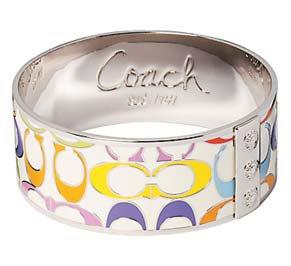
“Coach started edging in on the lower end of the prices that Louis Vuitton and Gucci were offering,” Fiorella says.
“Presumably in response to that, these manufacturers have released products that now reach down into the price range that Coach was reaching up into. Coach was a little too inexpensive, and has therefore added more expensive products.”
Fiorella estimates that Coach has earned well over US$100 million from optimizing its product lineup to suit Japan, and developing Japan-centric marketing approaches. Moreover, he says that brands need to be very careful about the method of market entry and the channel strategies that they use. “You need the right distribution partners and you have to be in the right retail chains in the right cities.”
Successful advertising and packaging from your home market may actually hurt your brand in Japan and Spark Productions developed localized communications initiatives for Coach which were well-received by Japanese consumers.
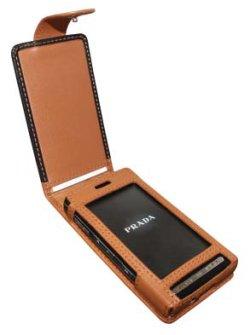
One area to watch will be high-end luxury brands as more Japanese seek brands that suit their own values and sense of style. Carter argues that the role of the endorser is especially important in Japan, “You’ve got to get into the right magazines, with the right people wearing your brand. It gets out in the media that way, and it builds up from there.” Another area to watch: how brands leverage the power of online recommendation, using the web and cell phones as a channel. The challenge will be to maintain a level of service while creating positive digital brand experiences.
But affordable quality seems to be the major new frontier, and ideas of fashion for consumers like Yukina Abo and her friends will also continue to evolve.
“When we were at high school, having the right brands made us feel like we could present ourselves as adults, but for the people that we now consider fashionable, the look is more important than the logo.” JI
Jon Hoel is a writer and consultant with an interest in cross-cultural marketing and communications.






Comments
WDM (not verified)
July 25, 2008 - 16:51
Permalink
94% of Tokyo Women Own LV....
Oft-repeated 94% statistic is far from true...
http://clast.diamondagency.jp/en/?p=118
Helge Fluch (not verified)
August 14, 2008 - 07:47
Permalink
Radha Cadha
"
Japan has already passed through what he calls the ‘Show off’ and ‘Fit in’ stages of luxury culture. For Tokyoites, Chadha’s ‘Fit in’ stage virtually equates with brands like Louis Vuitton: he reports that as many as 94% of Tokyo women in their twenties own a Vuitton piece.
"
Radha Cadha is a woman.